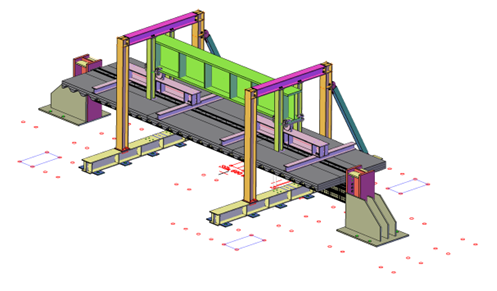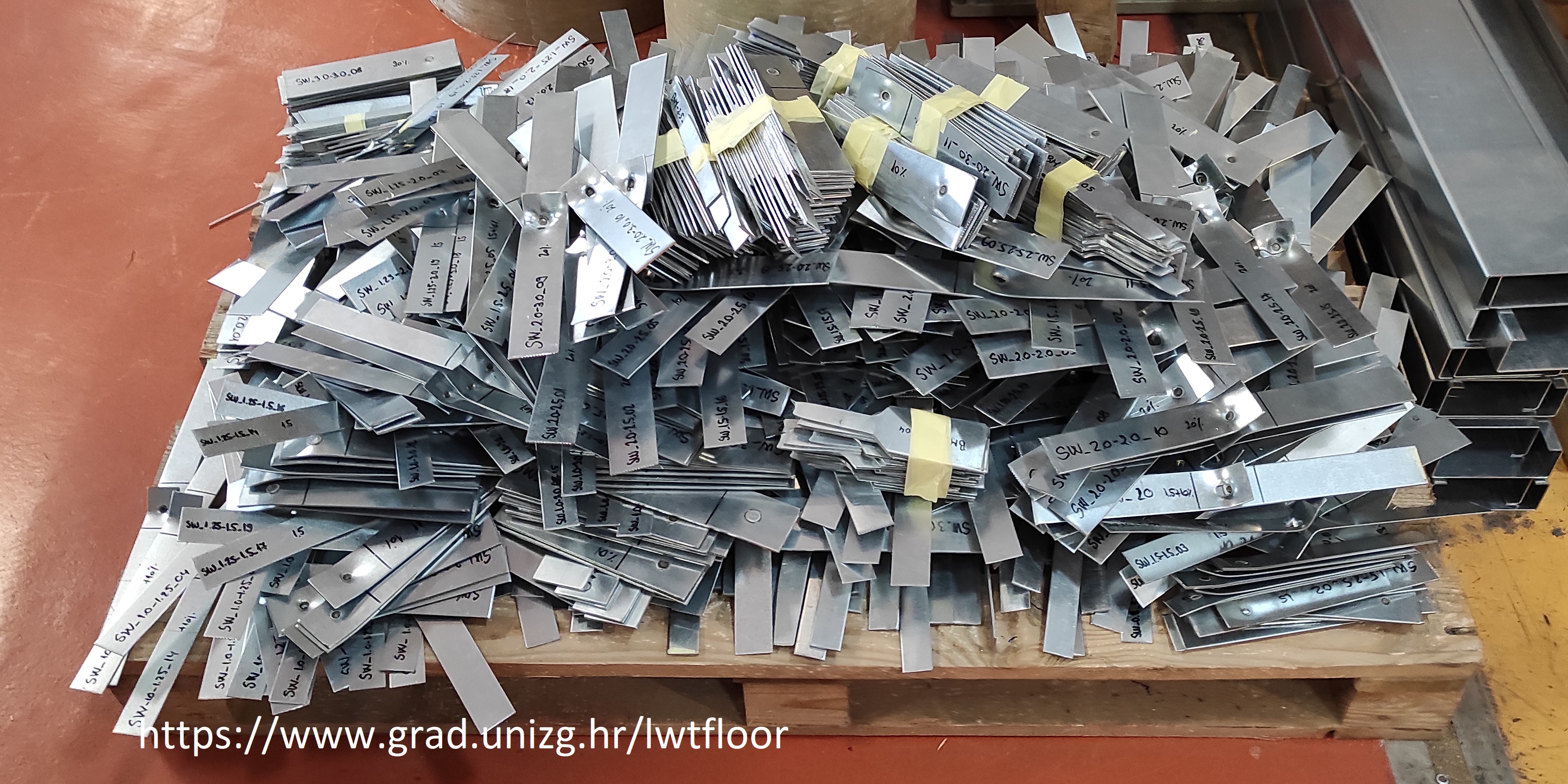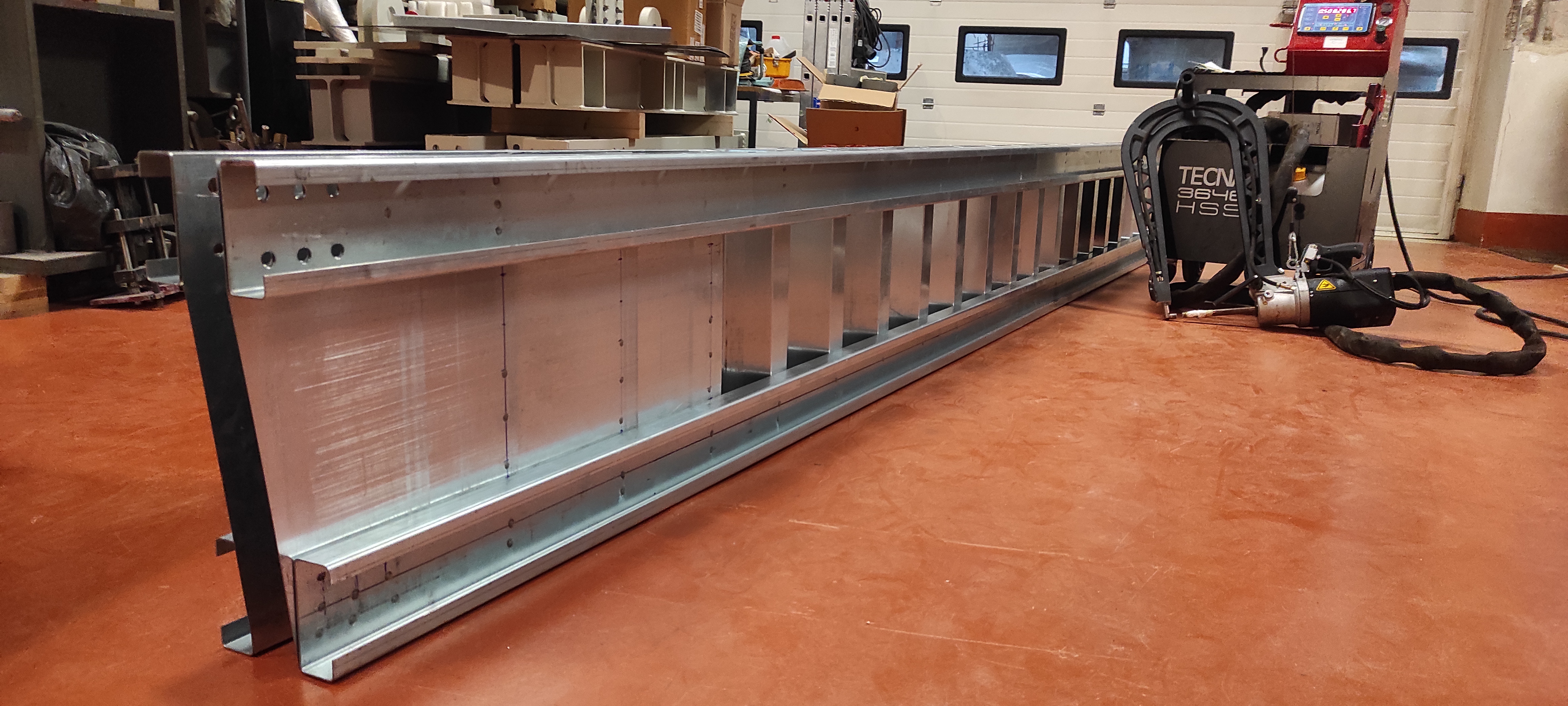The LWT-FLOOR project integrates state-of-the-art knowledge in new, fast and productive spot-welding technology and innovative cold-formed steel-concrete composite solutions proposing a new construction method as a combination of built-up cold-formed steel members and cast-in-place concrete slab. This cost-effective and sustainable floor system offers vital benefits in terms of a high degree of prefabrication, reusability and long spanning capability. The main objective of the project is to establish a new research group that will possess knowledge and equipment for research on new composite floor system with focused scientific interests in a search for more competitive national and international funding. In order to investigate and validate components and proposed system, the extensive experimental, numerical and probabilistic research is planned. Within research, a particular focus will be given to spot-welding connections and innovative types of shear connections with possibility of design for demountability and the potential of re-use or recycling at the end of design life through the application of lifecycle analyses. Calibrated and validated numerical models based on experimental tests of the system and its components will allow, through the application of probabilistic methods, evaluation of the system suitability for larger spans. The project will bring out new skills to the research group and the research institution, besides which two dissertations will be defended and scientific papers in most cited journals will be published. This innovative project, providing strong connections between the scientific community and industry, will increase the mobility as well as strengthen long-term cooperation between the two sectors. Probabilistic analyses and life cycle performance evaluation of the proposed floor system solution will be crucial for establishing the first analytical proposal for design recommendations of this new system within the European standards.

 Pristupačnost
Pristupačnost

